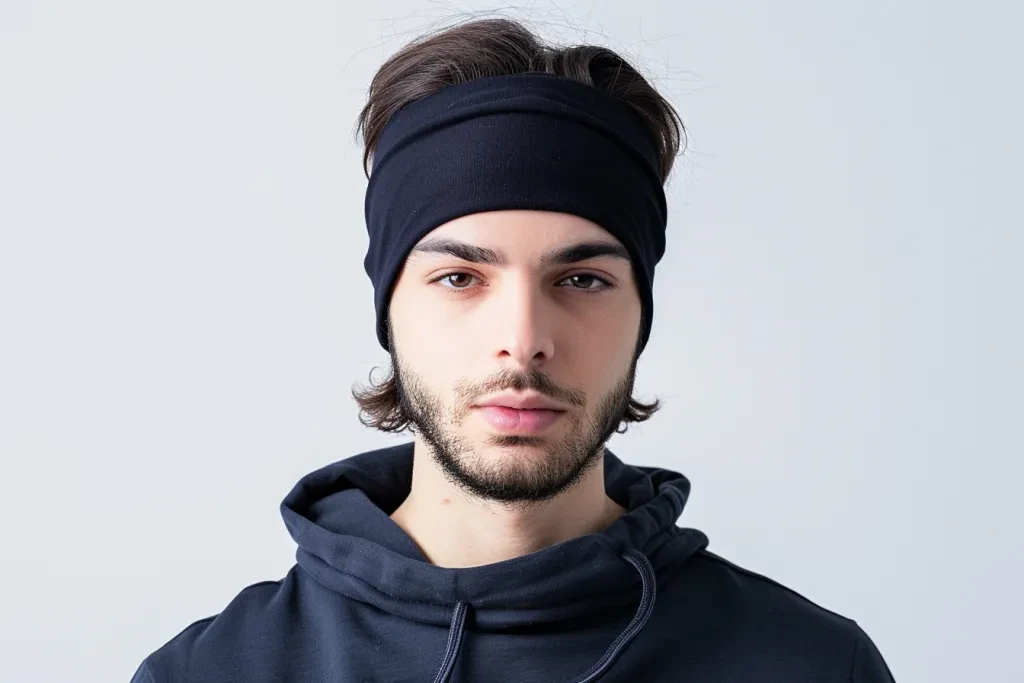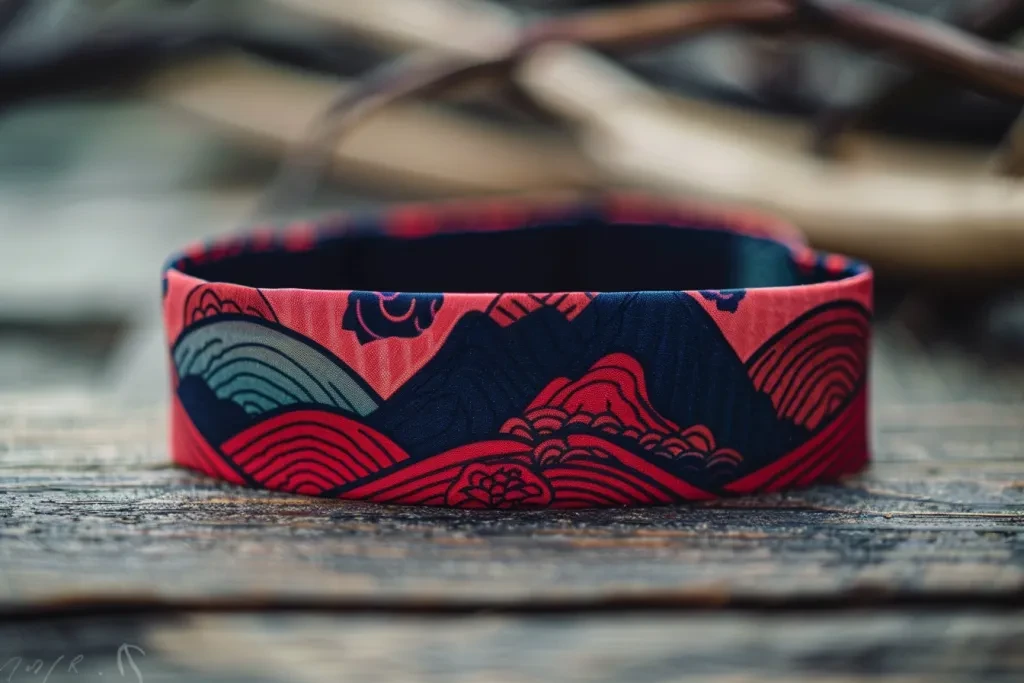When the winter season beckons, ski enthusiasts and amateurs alike gear up for the thrilling experience of gliding down snowy slopes. Amidst the array of essential gear, the ski headband often goes unnoticed, yet its importance cannot be overstated. This article delves into the world of ski headbands, highlighting their significance, materials, fit, style, and maintenance. By understanding these key aspects, skiers can make informed decisions, ensuring their headband enhances their skiing experience.
Table of Contents:
– The significance of a ski headband
– Choosing the right material for comfort and warmth
– Finding the perfect fit
– Style considerations for ski headbands
– Maintaining your ski headband for longevity
The significance of a ski headband:

A ski headband is more than just a fashion statement on the slopes; it serves a functional purpose that is crucial for any skier. Firstly, it keeps your ears and forehead warm, protecting you from the biting cold and wind that can be particularly harsh at high altitudes. Secondly, it helps in managing sweat, drawing moisture away from your skin to keep you dry and comfortable. Lastly, a ski headband can prevent your hair from obstructing your vision, ensuring you remain focused and safe while skiing.
Choosing the right material for comfort and warmth:

The material of your ski headband is a key factor in its effectiveness. Synthetic fabrics, such as polyester and spandex, are popular choices due to their moisture-wicking properties and stretchability. These materials keep you dry and ensure a snug fit. For those who prefer natural fibers, merino wool is an excellent option. It’s renowned for its warmth, breathability, and odor-resistant qualities, making it ideal for active wear. When selecting a ski headband, consider the conditions you’ll be skiing in and choose a material that aligns with your needs for warmth and moisture management.
Finding the perfect fit:

A ski headband that fits well is essential for comfort and functionality. It should be snug enough to stay in place as you move but not so tight that it causes discomfort or headaches. The width of the headband also matters; wider bands offer more coverage and warmth, while narrower bands provide a lighter feel and may be preferred on milder days. Try on different sizes and styles to find the one that fits your head shape and size comfortably, ensuring it covers your ears completely without impeding your helmet or goggles.
Style considerations for ski headbands:

While functionality is paramount, style also plays a role in the selection of a ski headband. They come in a variety of colors, patterns, and designs, allowing skiers to express their personal style on the slopes. Whether you prefer a classic, understated look or a bold, vibrant pattern, there’s a ski headband to match every taste. Consider your ski attire and choose a headband that complements your outfit, making a statement while you enjoy your favorite winter sport.
Maintaining your ski headband for longevity:

Proper care and maintenance can significantly extend the life of your ski headband. Always follow the care instructions provided by the manufacturer. Most ski headbands can be machine washed in cold water and air-dried. Avoid using fabric softeners and bleach, as they can degrade the material’s moisture-wicking capabilities. Store your headband in a dry place away from direct sunlight to prevent fading and degradation of the fabric. With the right care, your ski headband will remain a key part of your winter sports gear for seasons to come.
Conclusion:
A ski headband is a small but mighty accessory in the arsenal of winter sports enthusiasts. It offers warmth, comfort, and style, enhancing the skiing experience. By considering the material, fit, style, and maintenance, skiers can choose a ski headband that meets their needs and expresses their personal style. Remember, the right ski headband not only keeps you warm and focused on the slopes but also stands as a testament to your thoughtful approach to gearing up for the winter season.




